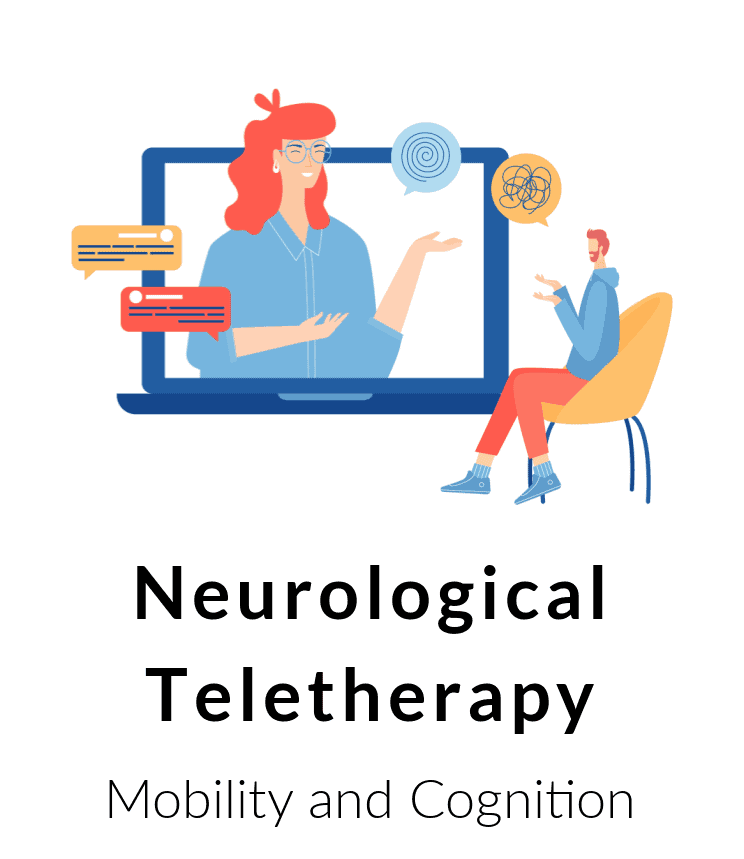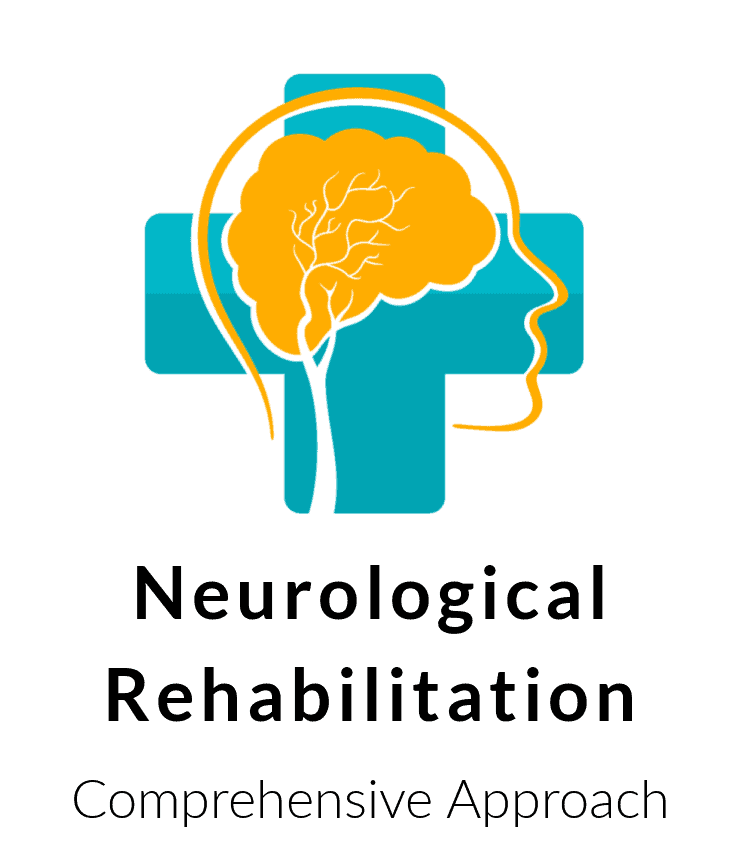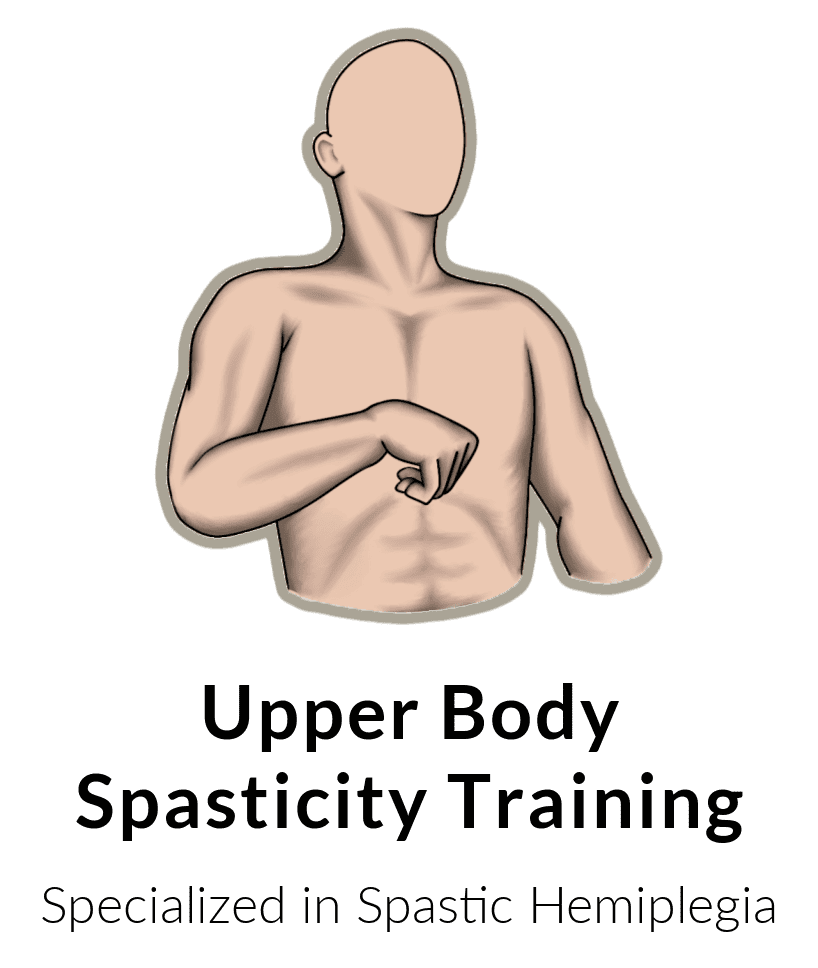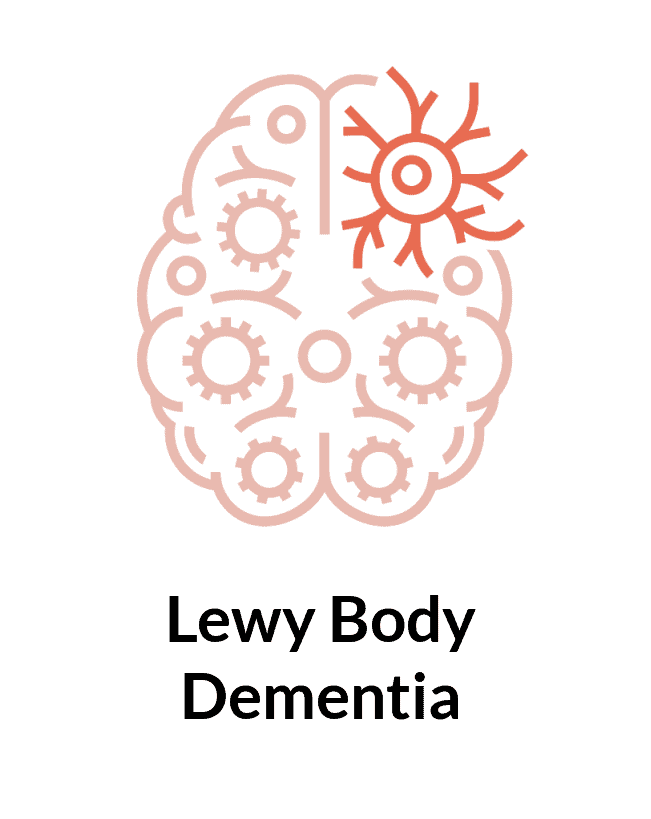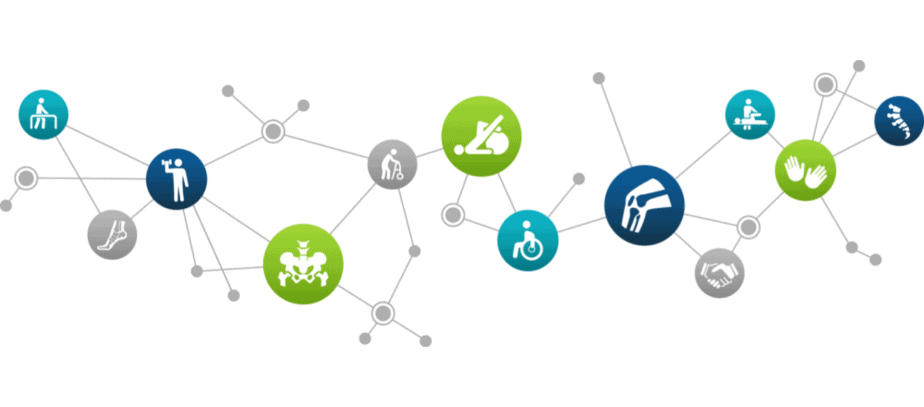
Movement Disorders Clinic for Rehabilitation and Management
Buffalo Occupational Therapy is the only outpatient comprehensive movement disorder rehabilitation clinic in Western New York that is based on the principles of a partnership between biomedical science and activity analysis. With two locations in Buffalo, NY and the ability to use teletherapy throughout the state of New York, we are easily able to bring much-needed neurorestorative care to you regardless of where you live throughout the state. We have a special interest in clinical best practice in non-pharmaceutical approaches for neurological trauma, movement based disorders, and progressive neurological conditions for all ages. Our special interest has allowed us to hone our craft and practice evidence-based interventions for many common and rare movement disorders, neurocognitive disorders, neuromuscular disorders, and much more.
Learn more:
Movement Disorders
- Dystonia
- Ataxia
- Cerebellar Ataxia
- Motor Tics
- Essential tremor
- Parkinson’s Disease (PD)
- Parkinsonisms
- Lewy Body Dementia (LBD)
- Functional Movement Disorders/Dysfunction
- Progressive Supranuclear Palsy (PSP)
- Myositis
- Inclusion Body Myositis (IBM)
- Polymyositis (PM)
- Multiple Sclerosis
- Vertigo
- Cerebral Palsy
- Cortical Basal Ganglionic Degeneration (CBGD)
- Spastic Hemiplegia / Spasticity
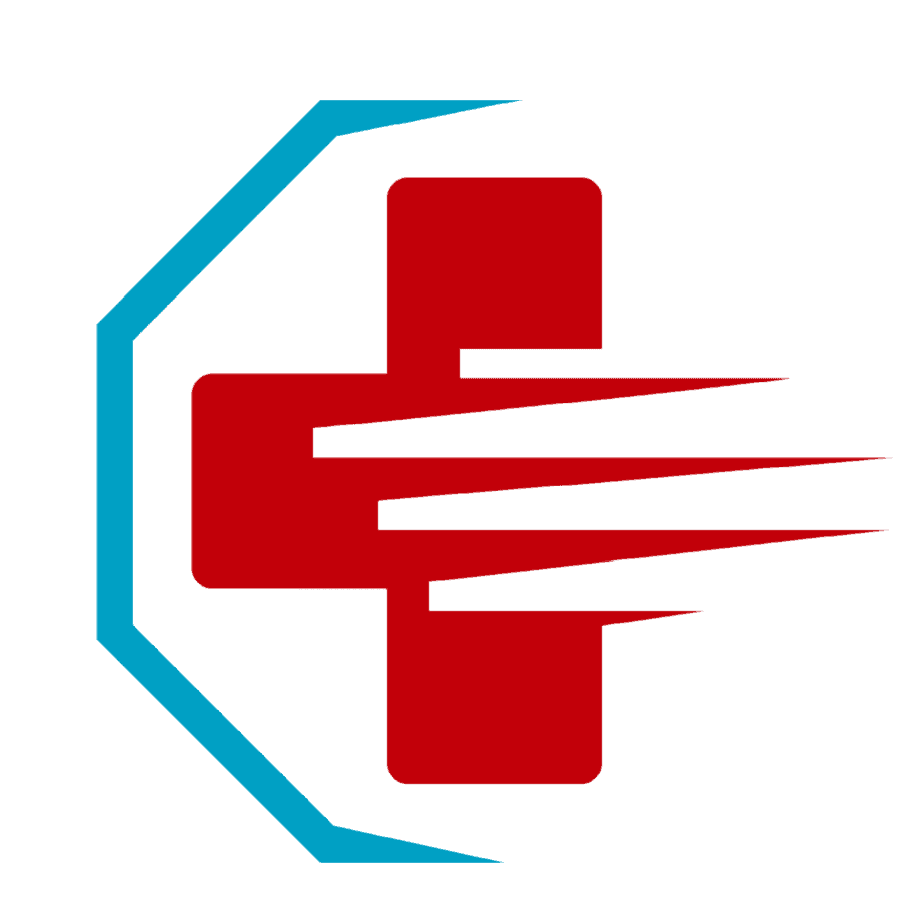
Treatment of these diagnoses are best served in quiet, one-on-one environments using the body’s function to help improve, restore, and/or maintain movement. Please make sure you are giving yourself your best chance of reaching your full movement potential.
**Not all therapy practitioners and clinics actively practice the principles of neurological rehabilitation. Please know you have options!
What is the comprehensive approach used by this movement disorder clinic?
As stated below, occupational therapy practitioners are movement analysts working in the biomedical, social, and behavioral models of healthcare. When given the freedom to work within our full scope of practice, occupational therapy is able to incorporate multiple body systems, functions, structures, and skills into one treatment and one plan of care. This is our specialty. Unfortunately, in facilities and institutions like hospitals and skilled nursing facilities, insurance companies divide our skillset between three professions. Buffalo Occupational Therapy has brought it back together to bring you excellence in clinical implementation.
When working with movement disorders, the therapist must target and leverage the appropriate neurological mechanisms to improve your overall function. Buffalo Occupational Therapy (BOT) teams are committed to understanding this information and applying it in practice. From the time you begin your first plan of care with BOT through the years after when we are ‘doing life with you’ and helping you maintain and maximize your function longterm, Buffalo Occupational Therapy delivers quality, care, and hope with every interaction.
What can you expect to be addressed by your therapy team throughout your plan of care?
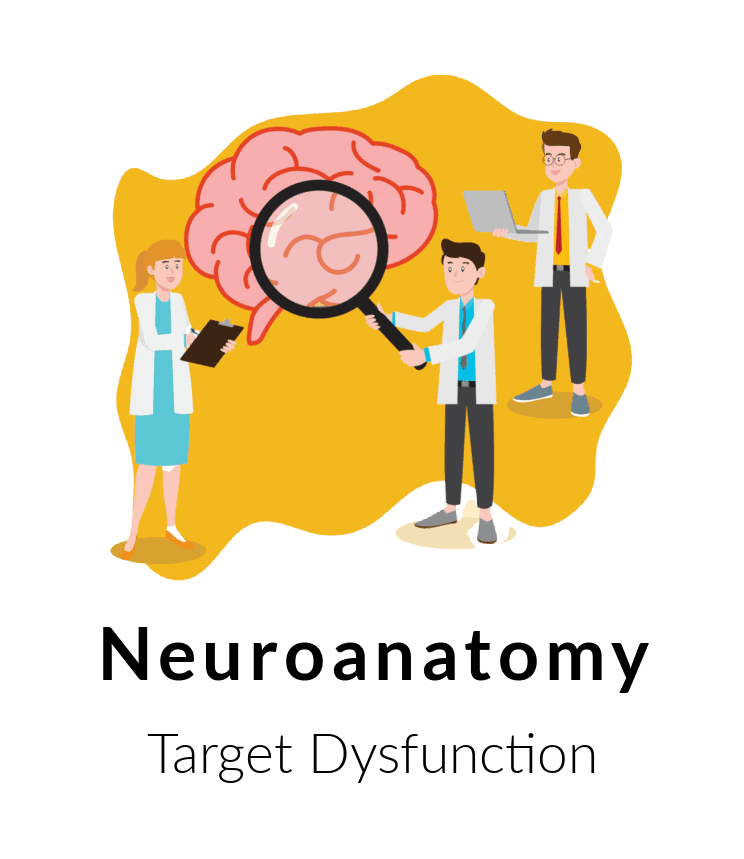
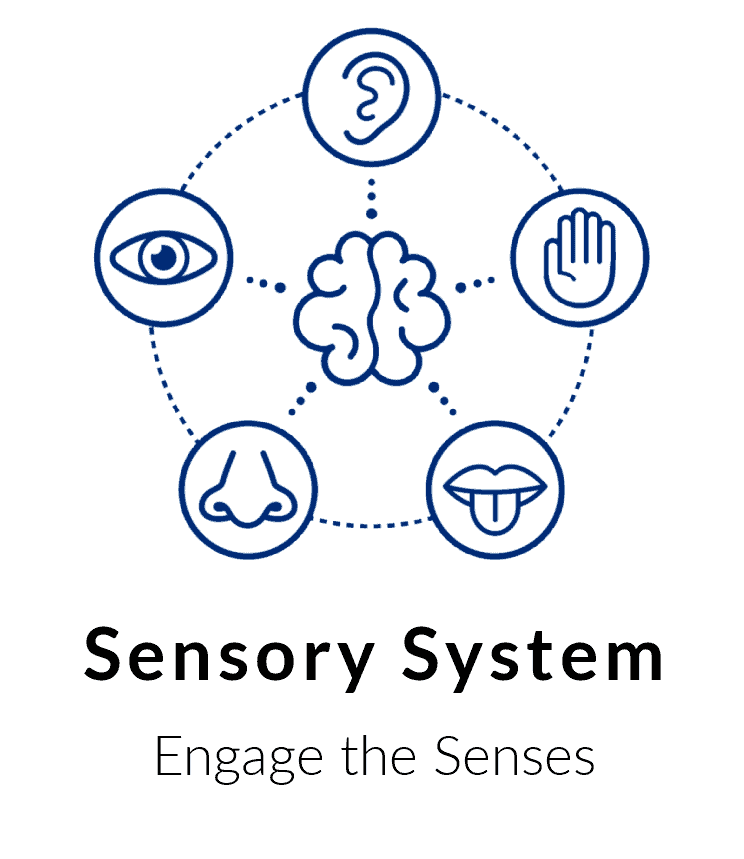
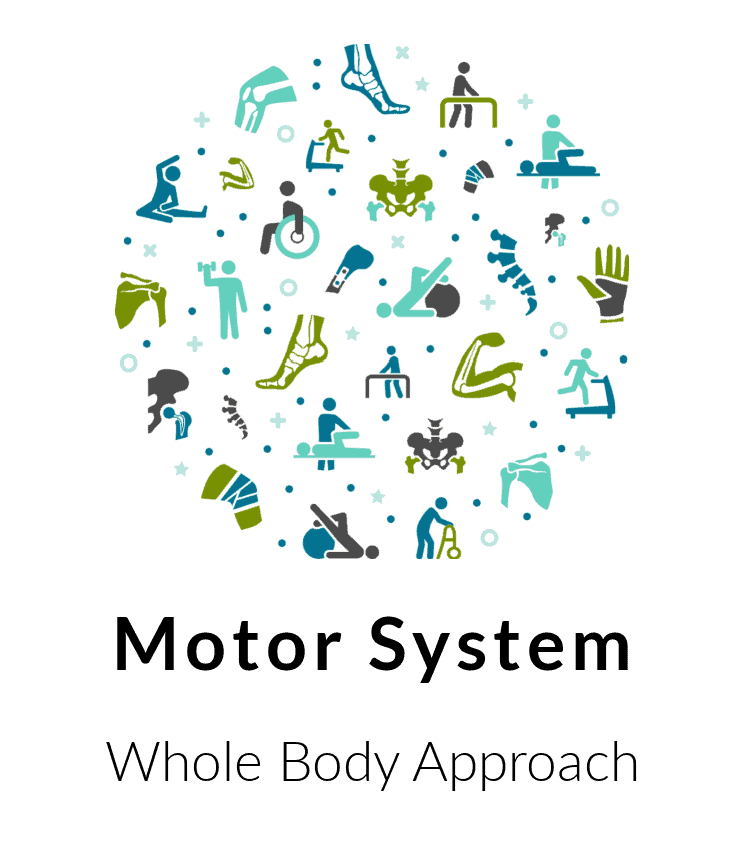
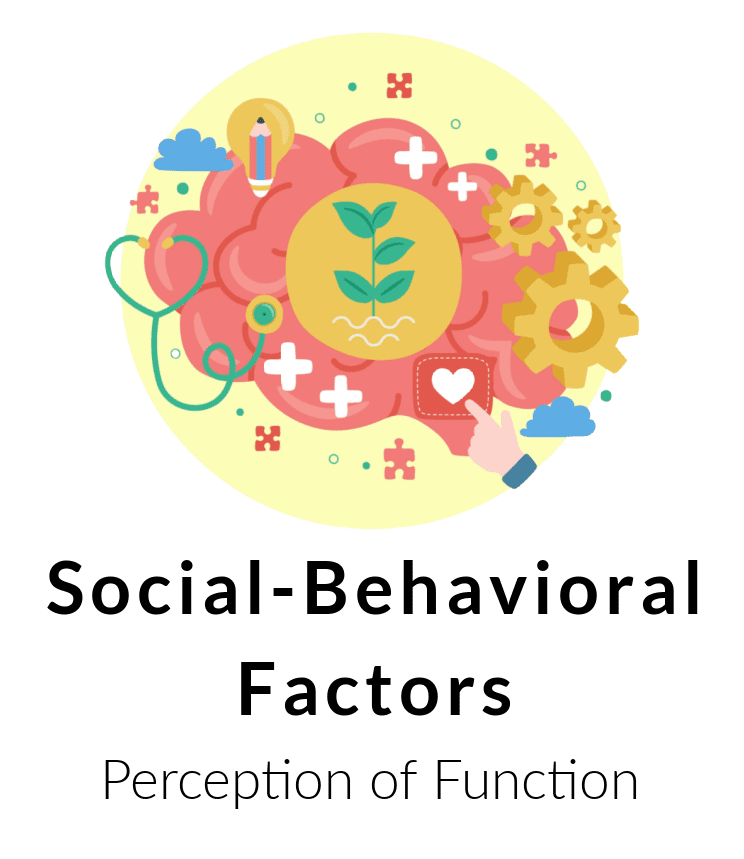
What do we ask from our clients to experience best outcomes?
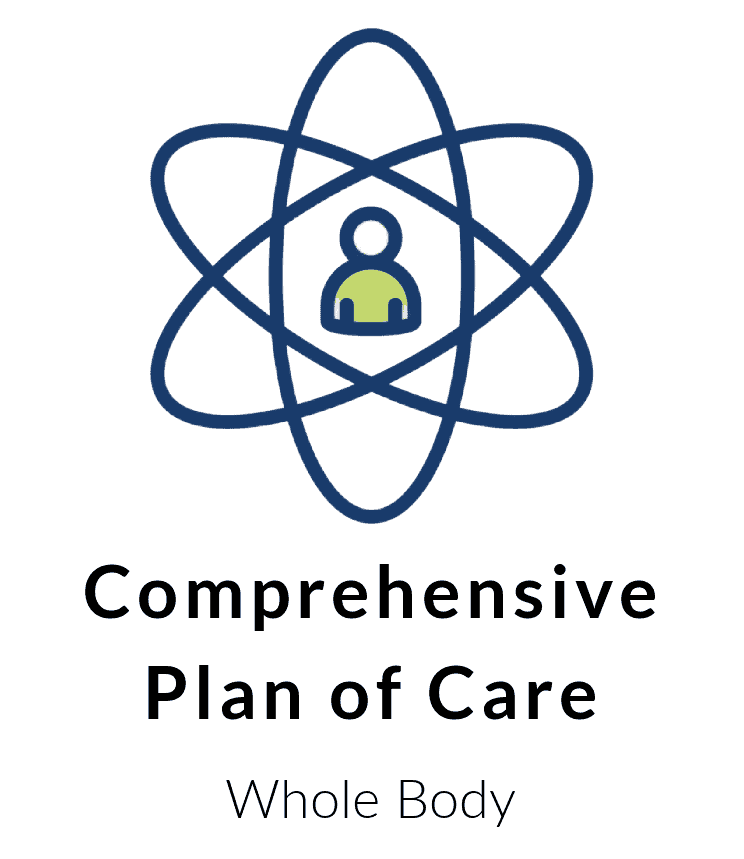
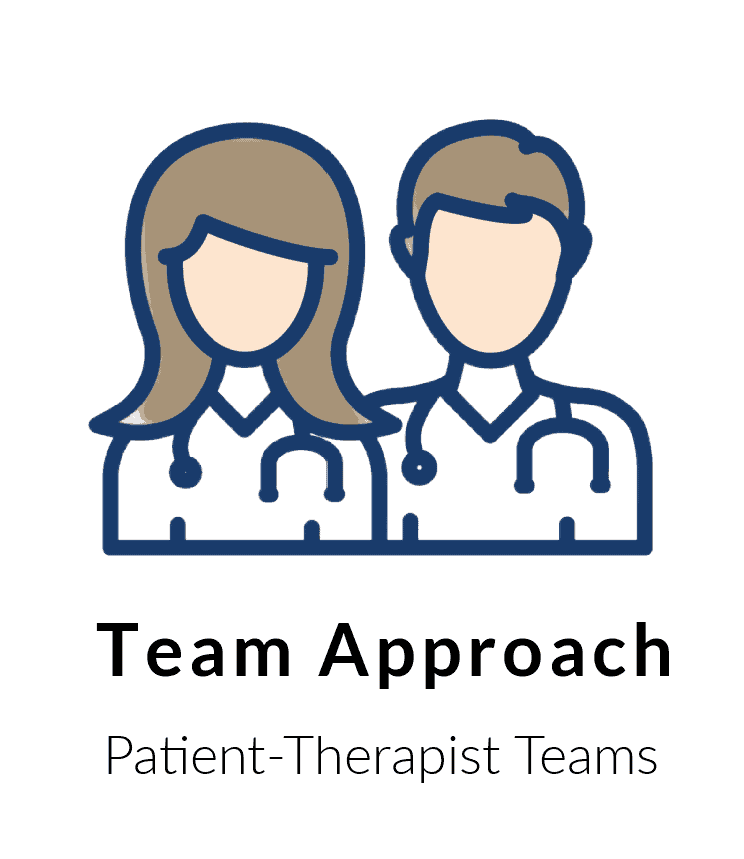
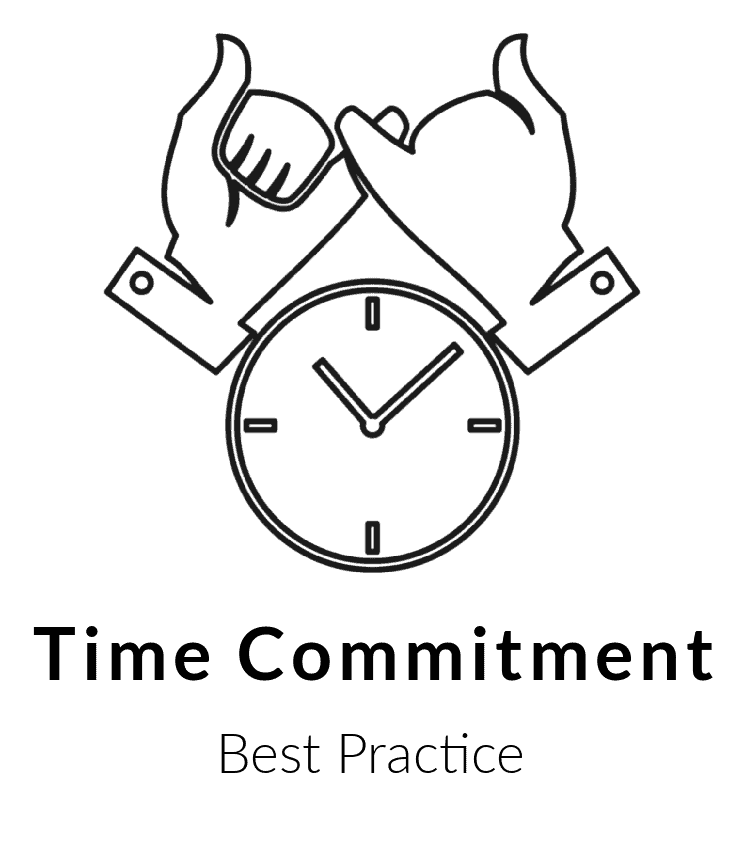

Allow us to treat your entire body. Do not split your therapy between two professions and have one address the arms and one address the legs. This is not good therapy and it is not evidence based. The musculoskeletal system and nervous system perform one neuromuscular function and the body is connected through kinetic (movement) links. People rarely see their full potential when they approach therapy like this. Occupational Therapy is trained to treat your entire body for this purpose. We cannot be asked to split our approach between the upper and lower body when we must leverage the full body to address the root of the symptoms you are experience.
Understand that a team approach is best for everyone. Each patient will work with a team of therapists. This means that your treatment will rotate between a maximum of three therapists who will intimately know you case and progression. All practitioners on your team are required to know your medical history, diagnosis, and most current non-pharmaceutical treatment approaches for your symptoms. Working on a team allows there to be consistent oversight and redundancy to protect you from working with a “stranger”. It also allows you the benefit of profiting from up to three unique clinical vantage points.
Time and Financial Commitment. Movement disorders require time. Working the brain (Central nervous system) and the peripheral nervous system requires a commitment both by you and your team. We take our job very seriously. This is more than a job for us. We are committed to doing hours of research and planning before every evaluation and session. You are more than a number to us and we care about achieving good outcomes. In order to do this, we must follow the research. In order to do this, we must be consistent with neuromuscular re-education. We ask that you are prepared to consistently commit to at least two sessions a week for 12 weeks in order to see if our treatments are effective and to know that you are doing everything that you can do to improve your mobility when living with movement disorders of a static or progressive nature.
Give it a chance. Every person I have spoken to has said that they hate when people say, “trust the process”. So, we will ask you to have hope. On a days when your hope seems lost or limited, let us hope for you. As Buffalo Occupational Therapy, ‘we will always have hope’ (Psalm 71:14). We believe God has given some people the ability to interpret science and research for the benefit of others. Allow us to use science to help you have your best chance to decrease pain, decrease symptoms of your movement disorder, increased mobility, and increase independence. You don’t have to fight the day to day battles alone. Let us work together to help you remain in control of the movement disorder you currently live with.
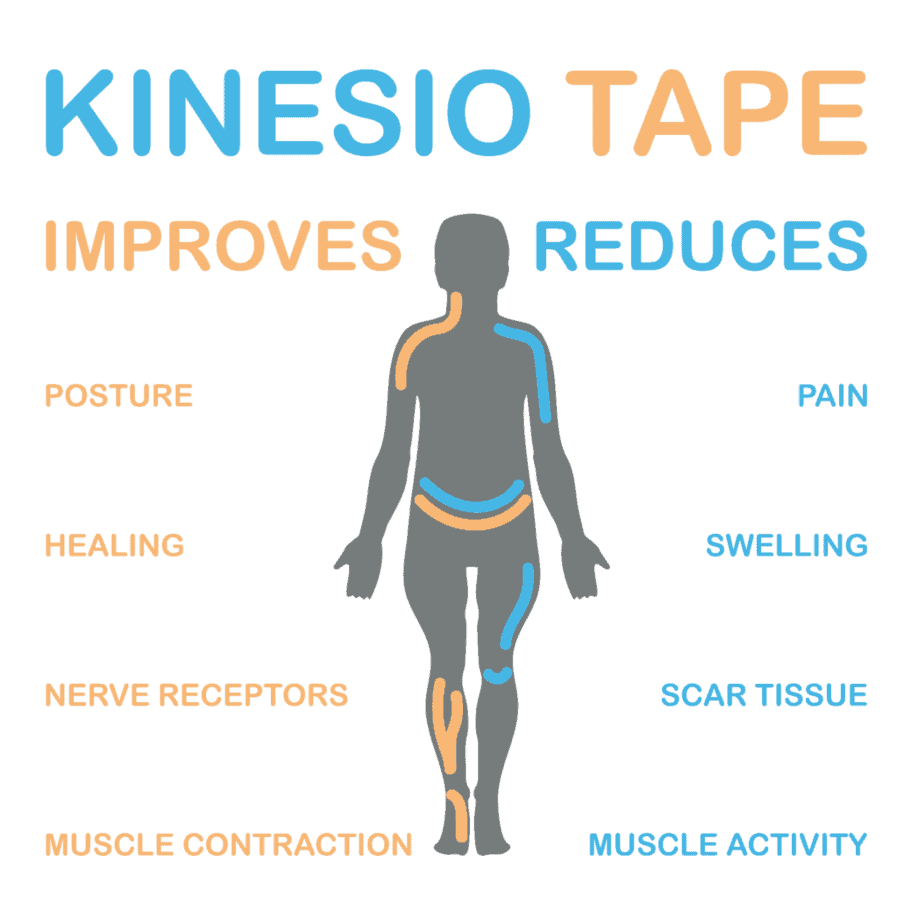
Kinesiology Taping for Movement Disorders
There are over 100 unique ways to apply kinesiology tape depending on what symptoms you are experience with your common or rare movement disorders.
Our patients have seen successful outcomes for the following problems:
- Spasticity
- Dystonia
- Nerve compression syndromes
- Neuropathies
- Overactive muscles
- Underactive muscles
- Hemiplegia
- Joint pain
- Parasthesias
- Inflammation
- Much more

